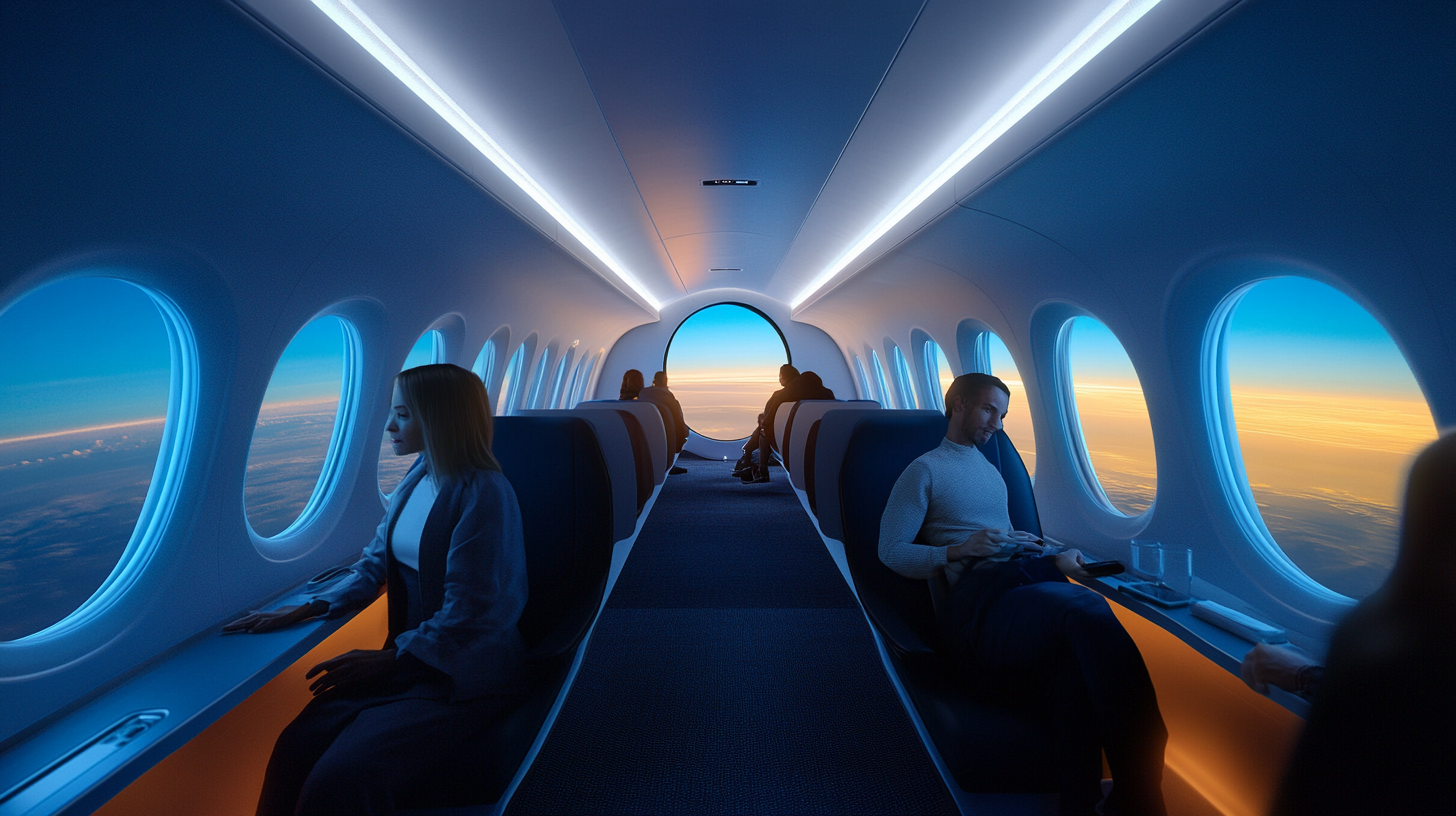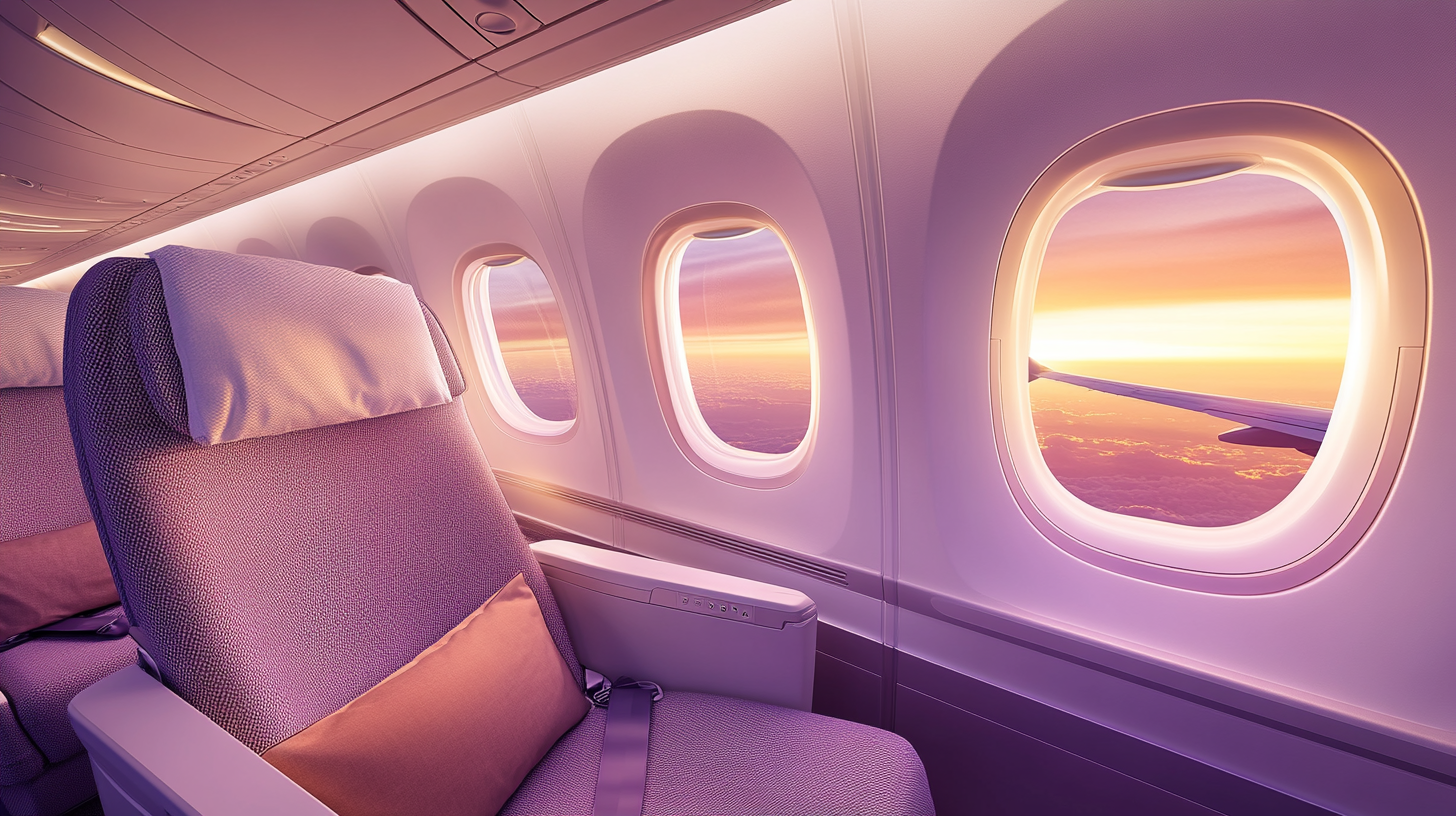The Art of Choosing Your Seat: Strategies for Comfort, Safety, and the Best View

Sitting in seat 5A, I’ve often pondered the subtle art and intricate science behind selecting the perfect airplane seat. It’s more than just a choice; it’s a strategy that can transform your journey from mundane to marvelous. Whether you’re a seasoned traveler or an occasional flyer, the seat you choose can make all the difference between a restful flight and one spent wishing for it to end. Let’s embark on a journey through the cabin to uncover the secrets of securing the best seat for comfort, safety, and that window view that’ll make your Instagram followers envious.
Avoiding the Dreaded Middle Seat: The Quest for Personal Space
Understanding Seat Configurations
Airplanes come in various shapes and sizes, each with its unique seat configuration. Familiarizing yourself with the layout can help you sidestep the notorious middle seat. Websites like SeatGuru offer detailed seat maps, providing insights into legroom, seat width, and proximity to amenities. By leveraging these resources, you can pinpoint seats that offer extra space or avoid those inconveniently located next to the lavatory.
Strategic Booking Times
Booking your flight early increases your chances of snagging a coveted aisle or window seat. Airlines typically release seat maps upon ticket purchase, allowing early birds to have their pick. If you’re a last-minute traveler, consider checking in online exactly 24 hours before departure when additional seats may open up. Utilizing airline apps can also give you real-time updates on seat availability.
Utilizing Frequent Flyer Perks
Frequent flyer programs aren’t just about miles; they often include perks like priority seat selection. Elite members may have access to preferred seating zones or complimentary upgrades. If you travel often, it’s worth investing in loyalty programs to enhance your seating options. Even if you’re not a frequent flyer, some credit cards offer benefits that include better seat choices or early boarding privileges.
The Art of the Seat Swap
Sometimes, despite your best efforts, you might find yourself in the middle seat. In these cases, a polite request to a fellow passenger might do the trick. Offer a genuine smile and explain your situation; you’d be surprised how accommodating people can be. Remember, however, that they have every right to decline, so always approach the conversation with courtesy and respect.
Choosing the Ideal Spot for Sleep: Finding Your In-Flight Sanctuary
Picking the Right Location
If sleep is your top priority, seats towards the front of the aircraft are generally quieter, being farther from engine noise and foot traffic to the galley or lavatories. Opting for a window seat allows you to rest your head and control the window shade, creating a personal cocoon away from aisle disturbances. Seats over the wing can also be more stable, reducing the sensation of turbulence and promoting better sleep.
Seat Features That Enhance Comfort
Some airlines offer seats with extra recline or additional legroom. Look out for terms like “Economy Plus” or “Premium Economy” when booking. While these seats may come at an additional cost, the enhanced comfort can be worth it on long-haul flights. Don’t forget to check for seats that recline fully without being obstructed by a wall or exit row constraints.
Leveraging Sleep Accessories
Enhance your sleep environment with accessories like noise-canceling headphones, travel pillows, and eye masks. While not directly related to seat selection, these items complement your chosen spot, helping you drift off more easily. Some travelers swear by the use of white noise apps or soothing playlists to mask ambient sounds.
Considering Flight Timing and Jet Lag
The time of your flight can impact your ability to sleep. Overnight flights, often referred to as red-eyes, are designed for sleeping passengers. Aligning your flight time with your normal sleep schedule can help reduce jet lag. Additionally, adjusting your watch to the destination’s time upon boarding can psychologically prepare you for rest.
The Best Views in the Sky: Window Seats Worth Waking Up Early For
Identifying Scenic Routes
Not all flight paths are created equal when it comes to views. Researching your flight’s route beforehand can clue you in on potential sights like mountain ranges, sunsets, or cityscapes. Flights over the Alps, for instance, offer breathtaking views that are best enjoyed from a window seat on the appropriate side of the plane. Websites like FlightAware can help you track flight paths and plan accordingly.
Understanding Aircraft Orientation
Knowing which side of the plane offers the best views can be a game-changer. For example, when flying into Los Angeles from the east, seats on the left side often provide the best views of the city and the Hollywood sign. Seasoned travelers often choose their seats based on sunrise or sunset positions, enhancing the visual experience.
The Magic of Seat 5A
There’s something special about seat 5A. Often located in the forward section of the plane, it can offer a balance of reduced engine noise, quick access to disembarkation, and, of course, stunning views. While not every aircraft designates the same qualities to this seat, it’s a nod to the joy of finding that perfect spot that feels uniquely yours.
Capturing the Moment
Don’t forget to have your camera or smartphone handy. The best views can appear suddenly—a glimpse of the Northern Lights or a spectacular cloud formation. Ensure your electronics are charged and set to airplane mode. Respect fellow passengers by keeping flash photography to a minimum and being mindful of reflections on the window.
Avoiding Turbulence: Seeking Smooth Skies
Sitting Over the Wings
Seats located over the wings are structurally closer to the aircraft’s center of gravity. This positioning can result in a smoother ride compared to seats at the front or back, which experience more movement during turbulence. If you’re prone to motion sickness or anxious about bumpy flights, selecting a seat in this area can help ease discomfort.
Checking Weather Patterns
Prior to your flight, consider checking the weather along your route. While you can’t control the skies, being aware of potential turbulence can inform your seat choice. Flights during certain seasons or times of day might encounter more unstable air, so choosing an appropriate seat can mitigate the impact.
Communication with Crew
The flight crew is a wealth of information. If concerned about turbulence, politely ask a flight attendant about expected conditions. They might offer insights or reassure you about the flight’s smoothness. Sometimes, just knowing what to expect can alleviate anxiety and help you choose a seat that feels safest.
Mind Over Matter
Engaging in relaxation techniques can help manage fears associated with turbulence. Deep breathing exercises, visualization, or listening to calming music can shift focus away from discomfort. Pairing these methods with a well-chosen seat amplifies the sense of control over your travel experience.
Leveraging Seat Maps and Technology: Tools of the Modern Traveler
Using Airline Apps and Websites
Most airlines provide detailed seat maps during the booking process. These maps highlight available seats, extra legroom options, and sometimes even which seats have power outlets. Regularly checking your reservation online can reveal newly available seats as other passengers change their plans.
Third-Party Seat Selection Tools
Apart from airline resources, apps like ExpertFlyer offer advanced seat selection features. These tools can notify you when a preferred seat becomes available or provide insights into seat quality. While some services require a subscription, the investment can be worthwhile for frequent flyers seeking the best possible experience.
Understanding Seat Class and Fare Types
Be aware that certain fare classes may restrict seat selection until check-in. Basic Economy fares, for example, often assign seats randomly. If seat choice is important to you, consider booking a standard Economy fare or higher. Sometimes spending a little more upfront can significantly enhance your comfort during the flight.
Maximizing Frequent Flyer Status
Your loyalty can pay off in more ways than one. Higher-tier frequent flyers often receive complimentary access to preferred seats, priority boarding, and even potential upgrades. Aligning yourself with an airline alliance can broaden these benefits across multiple carriers, enhancing your seating options globally.
Final Thoughts: Making the Sky Your Own
Choosing the perfect airplane seat is an art that combines knowledge, strategy, and a dash of luck. From the solitude of avoiding the middle seat to the serenity of sleeping comfortably at 35,000 feet, your seat selection sets the tone for your entire journey. By harnessing available tools, understanding aircraft layouts, and leveraging loyalty perks, you can customize your in-flight experience to match your preferences.
So next time you find yourself booking a flight, take a moment to consider where you’ll be sitting. Embrace the process as part of the adventure, and you might just find yourself looking forward to the flight as much as the destination. After all, every seat has a story, but the one you choose could make your journey truly memorable. Safe travels, and may seat 5A—or whichever seat you prefer—bring you comfort and joy on your next journey.












